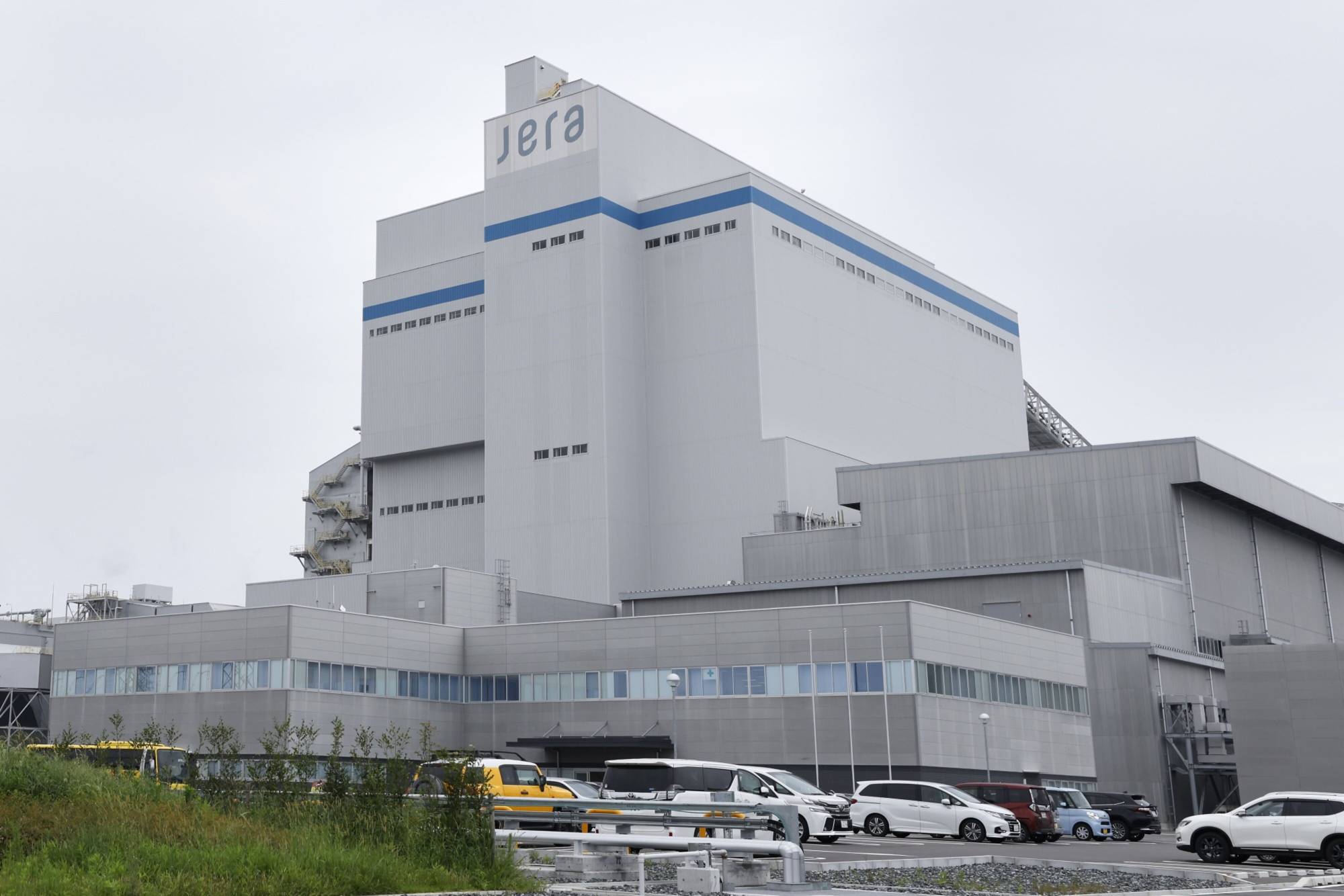Trading volume in Japanese power futures on the European Energy Exchange could double or triple this year, as more utilities, consumers and financial traders are eager to use it for hedging after the energy crisis last year, an EEX executive said.
Volatility in electricity prices spiked in 2022 following Russia's invasion of Ukraine, delivering a "wake up call" on the need for hedging, EEX Chief Operating Officer Steffen Koehler said.
"The speed, the volatility and the absolute change in power prices were so huge that people had to be interested in hedging mechanisms and risk management tools," Koehler said in an interview.
Trading volume of the EEX's Japanese power futures grew to 6.7 terawatt hours in 2022, after its launch in May 2020.
The growth has accelerated, with 7.6 TWh traded in the first five months of this year, to already exceed the total for all of 2022, according to EEX, a unit of Deutsche Boerse.
Koehler said that EEX expected that by the end of 2023 trading volume would be double or triple last year's volume. He said EEX aims to boost the number of trading participants from 56 now to 60 by the end of 2023 and 80 by the end of 2024.
Japanese power futures are also traded on a platform operated by Tocom, a unit of Japan Exchange Group, but its volumes are dwarfed by EEX's turnover.
As with other commodities, the power future market in general attracts more physical players during the early stage, with financial traders tending to join later, Koehler said, predicting a similar pattern in Japan.
Goldman Sachs Group plans to establish a desk in Tokyo to start trading Japanese power derivatives, two people familiar with the matter said Wednesday.
EEX sees a big growth potential in Japan, which is the world's forth-biggest power market, with annual demand of about 900 TWh, Koehler said.



















With your current subscription plan you can comment on stories. However, before writing your first comment, please create a display name in the Profile section of your subscriber account page.